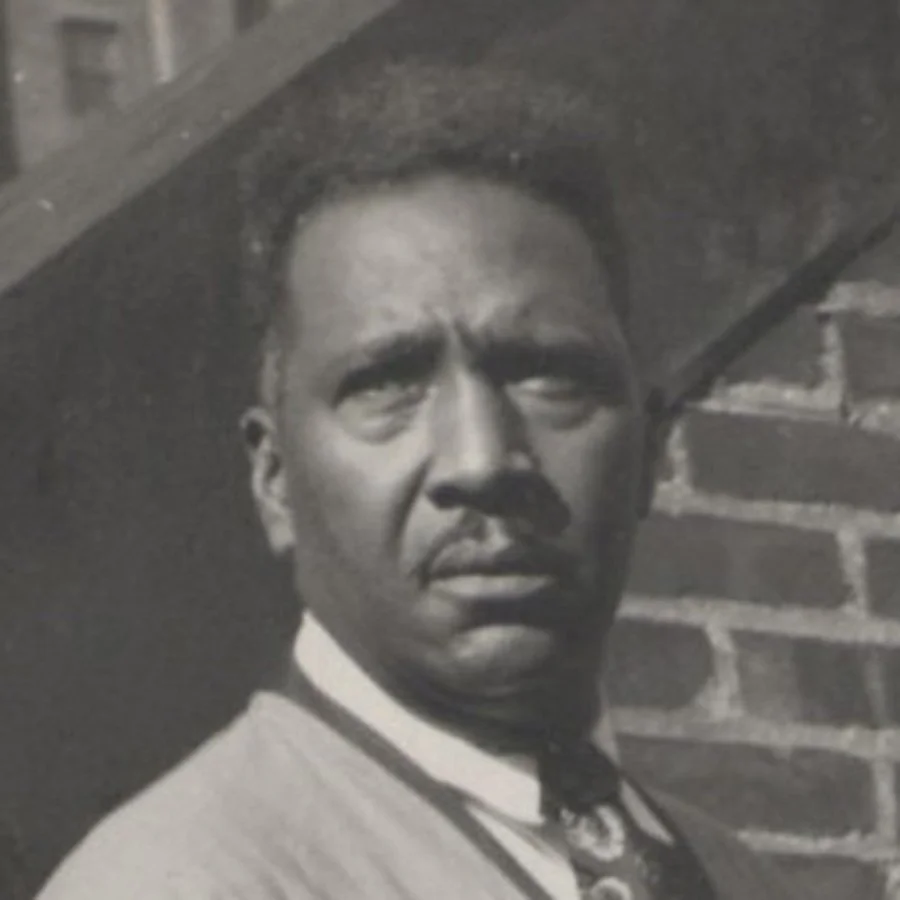Palmer Hayden: Capturing the Spirit of the Harlem Renaissance
The Harlem Renaissance was a period of incredible cultural flowering, and painter Palmer Hayden stood out for his ability to capture both the vitality of Harlem and the richness of African American folklore. His body of work offers a window into the lives, traditions, and aesthetics of a generation redefining art in the early 20th century.
Life and Career
Born in Widewater, Virginia, in 1890, Hayden began drawing as a child and pursued art despite limited opportunities for formal training. He served in the U.S. Army during World War I and later studied at Columbia University and the Cooper Union in New York. A significant milestone came in 1926, when he won the Harmon Foundation award for his painting The Winner, which brought him national recognition.
His career took him to Paris for several years, where he absorbed European modernist influences while refining his own style. Eventually, Hayden returned to Harlem, where he became deeply connected with the artistic circles of the Renaissance.
Artistic Style
Hayden’s paintings are immediately recognizable for their distinctive approach. His work often blended realism with stylized, exaggerated features, creating a narrative-driven aesthetic that some contemporaries misunderstood but which has since been reevaluated as pioneering.
Two major themes defined his art:
Scenes of Everyday Life: Paintings like Midsummer Night in Harlem vividly portray neighbors gathering, churches filled with music, and the street life that pulsed through Harlem.
Folklore and History: In works such as his John Henry series, Hayden elevated African American folklore, using bold colors and dynamic forms to translate oral traditions into visual art.
Legacy and Influence
Palmer Hayden’s legacy lies in the breadth of his vision. He was not only interested in depicting Harlem as it was but also in preserving cultural memory through art. His paintings offer a unique combination of the familiar and the mythic, balancing day-to-day experiences with legendary narratives.
Today, Hayden is remembered as a central figure of the Harlem Renaissance who helped broaden the scope of American painting. His works remind us of the era’s creative energy and stand as lasting examples of how art can capture the texture of both community and imagination.
Palmer Hayden (1890-1973)
Palmer Hayden , “The Janitor Who Paints,” ca. 1930, Oil on Canvas, Collection: Smithsonian American Art Museum, Gift of the Harmon Foundation,


